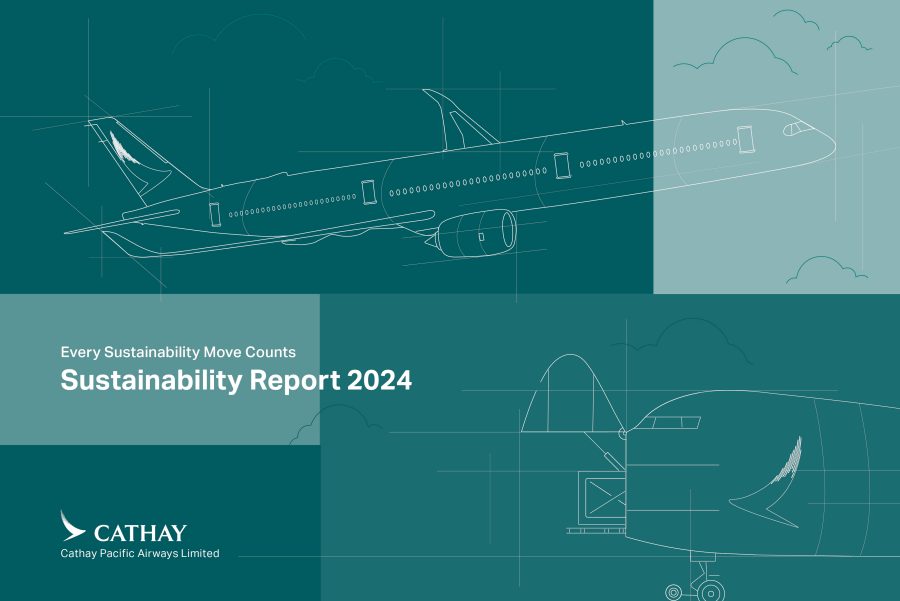Sustainability Reports

Sustainability Report 2024
Download pdf (English / Chinese - traditional / simplified )
Sustainability Performance Highlights 2024
Download pdf (English / Chinese - traditional / simplified )
Sustainable Development Report 2023
Download pdf (English / Chinese - traditional / simplified )
Sustainable Development Performance Highlights 2023
Download pdf (English / Chinese - traditional / simplified )
Sustainable Development Report 2016
Download pdf (English / Chinese )
Go to report website
Sustainable Development Report 2015
Download pdf (English )
Go to report website
Sustainable Development Report 2014
Download pdf (English )
Go to report website
Sustainable Development Report 2013
Download pdf (English )
Go to report website
Sustainable Development Report 2012
Download pdf (English / Chinese )
Go to report website
Sustainable Development Report 2011
Download pdf (English / Chinese )
Go to report website
Sustainable Development Report 2010
Download pdf (English / Chinese )
Go to report website
Sustainable Development Report 2009
Download pdf (English / Chinese )
Go to report website
Corporate Social Responsibility Report 2007
Download pdf (English )
Corporate Social Responsibility Report 2006
Download pdf (English )
Environmental Report 2005
Download pdf (English )
Environmental Report 2004
Download pdf (English )
- China – the Chinese Mainland, Hong Kong SAR, Macao SAR and Taiwan Region
- Hong Kong SAR - English
- Chinese Mainland (China) - English
- Taiwan, China - English
- 香港特別行政區 - 繁體中文
- 中国內地 - 简体中文
- 中國台灣 - 繁體中文
- Africa
- South Africa - English
- Asia
- Bangladesh - English
- Korea - English
- Singapore - English
- Cambodia - English
- 한국 - 한국어
- Sri Lanka - English
- India - English
- Malaysia - English
- Thailand - English
- Indonesia - English
- Maldives - English
- ประเทศไทย - ภาษาไทย
- Indonesia - Bahasa Indonesia
- Myanmar - English
- Vietnam - English
- Japan - English
- Nepal - English
- Việt Nam - tiếng Việt
- 日本 - 日本語
- Philippines - English
- Australasia
- Australia - English
- New Zealand - English